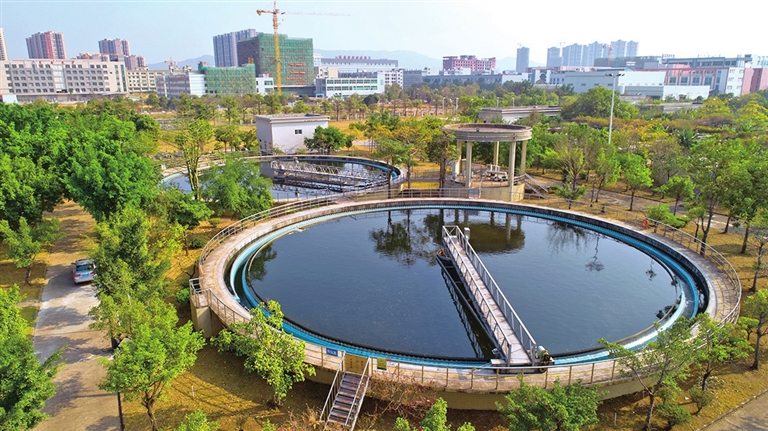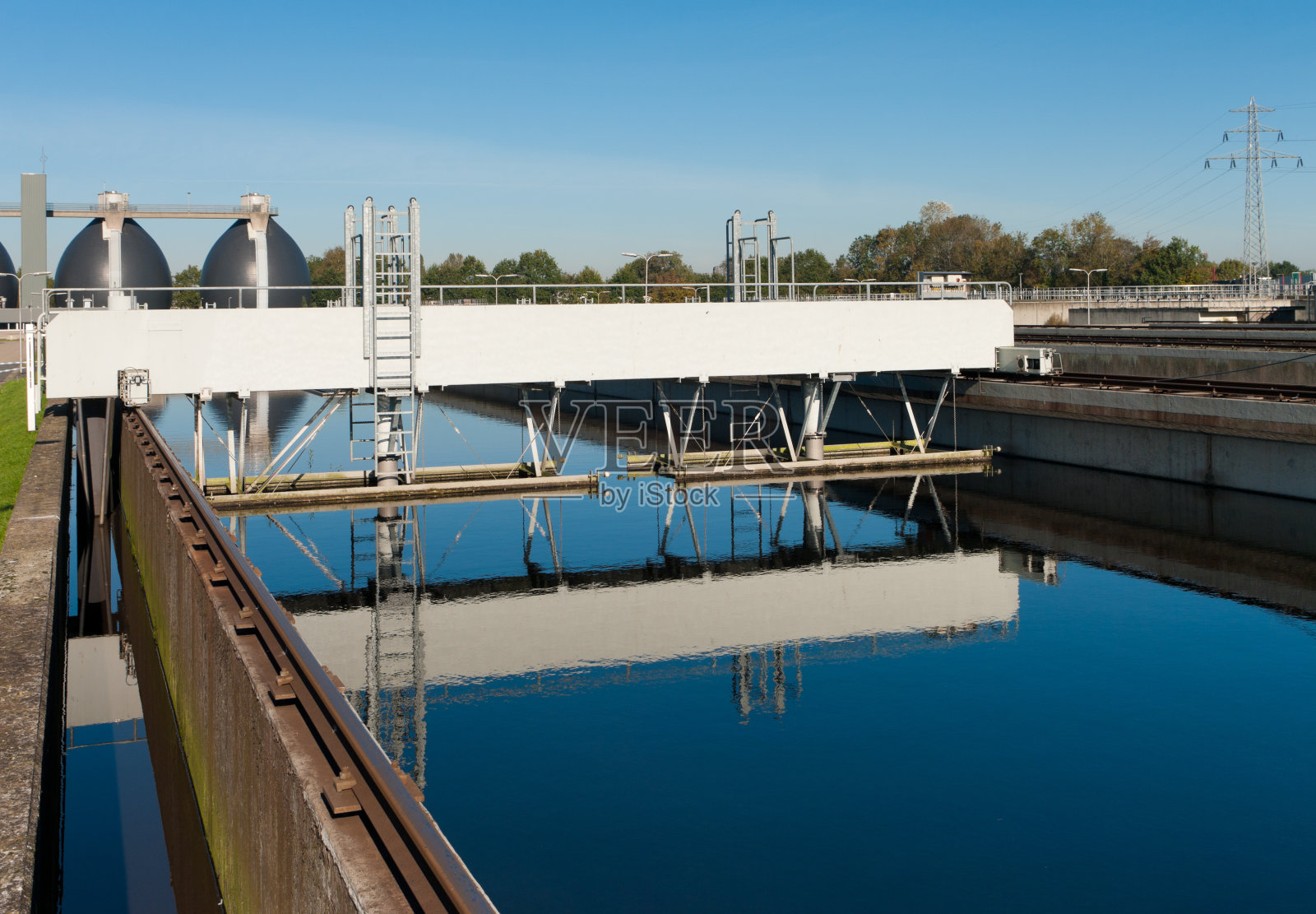 Drying Technology
Drying Technology
Keywords: sludge dryer company、Wastewatertreatment、Municiple sludge
Status and future development of sludge drying technology
The heat transfer medium used in the sludge thermal drying process generally adopts hot air, heat transfer oil and water vapor. When the sludge is dried, the cell walls of the organisms in the sludge will be destroyed, and the water inside the organism particles and the adsorbed water on the surface will be released. In the process of exchanging heat between the sludge and the heat medium, the cell walls of organisms are ruptured and particulate matter is formed as water evaporates.
At present, the four most widely used thermal drying equipment in engineering applications are as follows:
(1) Composite belt drying
The composite belt drying is a domestic sludge drying technology developed on the basis of the traditional belt dryer. The material is evenly spread on the mesh belt by the feeder, and the mesh belt adopts 12-60 mesh stainless steel mesh. It is dragged and moved in the dryer by the transmission. The mesh belt has good air permeability, the residence time can be adjusted arbitrarily, the material does not move violently, and it is not easy to break. The cloth is uniform, the drying is consistent, the drying area is large, the drying strength is large, and the management and maintenance are convenient. The mesh belt is turned over, and the dry sludge particles are dropped to set up a deflector to prevent dust generation.
(2) Fluidized bed type
Working principle: First, the dewatered sludge is sent to the metering storage bin, and then the sludge is transferred to the feed port of the sludge dryer through the sludge pump [. The drying equipment is divided into three parts: the lower air box of the fluidized bed, which sends the circulating gas into the fluidized bed and sends it to different areas of the device; the second part is the middle part of the exchanger, which sends the heat of the hot oil and evaporated water into the Fluidized bed; the uppermost layer is a suction hood, which separates the fluidized dry particles from the circulating gas. The drying temperature in the fluidized bed is 85 °C, and the number of sludge particles produced is large and the residence time is long. Even if the moisture or quality of the feed is fluctuated, it can ensure uniform drying. The sludge particles are sent to the cooler through the rotary air lock valve, condensed to about 40 ℃ and sent to the product silo. The particles are fluidized within the bed and mixed simultaneously. Through the continuous flow of circulating gas through the material layer, the purpose of drying is achieved.

According to the different treatment requirements of sludge and the adaptability of sludge thermal drying technology, it is the primary problem that needs to be solved urgently in the future. Due to its strong adaptability, the original disc drying technology is recommended as the leading process of sludge thermal dryingin China in the future. Improvements and optimizations have been made to make it better meet the development needs of sludge treatmentin China. In recent years, many emerging drying technologies focusing on energy saving have emerged, such as hydrothermal drying, physical drying, microwave drying, solar drying, etc., or the use conditions are limited, or they are in the experimental stage, or cannot be processed on a large scale , the development is not yet mature, and it cannot completely replace the traditional sludge drying technology. In the future, China's sludge treatment should be based on the continuous optimization of traditional thermal drying technology, and be committed to the development of new technologies to promote the continuous progress of China's sludge treatment industry, and truly realize the resource utilization of sludge, turning harm into profit and waste. for treasure.

The source of sludge is wide and the composition is complex. The output of sludgein China is increasing year by year, and the risk of impact on the environment is extremely high. With the continuous progress and improvement of sludge drying technology, my country will also widely use sludge drying technology disposal methods. The maturity of sludge drying technology will not only affect the improvement and development of sewage treatment and sludge treatment technology in China, but also cause secondary pollution to the natural environment.